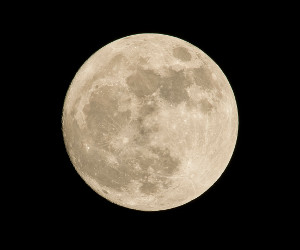Our Moon is the earth’s only satellite, of no great importance to anything except its known influence on oceans and tides. A common saying is ‘the two faces of the moon’, but does the moon really have two faces?
There are other myths and legendary powers, both fact and fiction and a touch of “romantic dreaming,” pleasant in their authority and meaning but which no one, except poets perhaps, have rarely thought of it.

There is beauty in its presence when reflected up upon the waters of a lake, for instance, adding light and mystery to what otherwise would be total darkness.
But there is another “face” of the moon! Mysteriously and mischievously it seems to affect our “long-lost” instincts, causing behaviour patterns and acts, by some “experts”, attributed to the full moon. It appears to bring out our “baser”, less civilised instincts, inhibiting our reason and better judgement!
Thus one hears that most murders, thefts and other acts, commonly considered social taboos, are committed at night of a full moon.
It’s so romantic and mysterious – one likes to gaze at a full moon at night. But let’s not overdo it, lest its mysterious more undesirable powers take advantage of our behaviour, for which we may be sorry!
Y.A. Eden
